Kenya is the world’s third largest producer of tea, surpassed by China and India; but, on the other hand, it is the country that exports the most tea from all over the world. It mainly exports to most Arab countries and to some European countries such as England. Therefore, visiting tea plantations and learning about the planting process and how they manufacture one of the drinks we usually drink at home is a must if you pass through the Kericho area, Kenya’s main producing region.
Kericho is a region located at an altitude of about 2.000 meters, in western Kenya. Located between Nakuru and Lake Victoria, this area is characterized by a warm, humid tropical climate, with abundant rainfall. This time is very suitable for growing tea, as it needs water and at the same time hot temperatures. With a population of around 200.000, most people live and work for tea.
We were lucky enough to stay at a tea plantation called Chesumot, and visit one of the main factories in the country: Kaisugu Tea. Therefore, in this article we will try to explain the whole tea process. If you travel to Kenya, we encourage you to visit their fields and see how they collect tea leaves and process it in the Kericho area.
Chesumot, the tea plantation wherever you look you will only see tea
The Chesumot plantation, located at an altitude of 2.000 meters, is about 10 kilometers before reaching the city of Kericho. With an area of 404 hectares, this plantation has trees planted since 1947, being one of the oldest in the Kericho area.

In Chesumot we were able to observe different varieties of tea leaves. Mainly, we saw the purple tea leaves and the green tea leaves (with a very vivid and intense color) that become, later when they are processed in the factory, in the tea that we find in our bags. And, within each variety, we find different sub-types that are classified according to the size of the leaves. For example, with the variety of green tea leaves, we find the 3/3, 31/8 or 15/10.
In Kericho mainly black tea is processed, as white tea is very expensive to produce because only the part of the root of the leaf is taken while all the rest has to be thrown away.
The plantation employs around 200 workers where 90% are in charge of collecting the tea leaves manually, while 10% of workers are in charge of collecting it with machinery. Mainly, they take the leaves manually because the lands where the plantation is located are very steep making difficult the access of the machinery. In addition, with vertical terrain if they cut the leaves with machine they would damage a good part of the tea trees.
Tea is an evergreen tree, meaning its leaves do not fall. They are trees that last a long time. After 6 months of planting it, you already have the first tea leaves and every 4 years the branches are cut (as if they prune) to later achieve greater production. This one comes out after 3 months but expect a little more to have more productivity.
Once the tree has strong tea leaves (think, as we have said, that the climate in Kericho is warm and tropical favoring the harvest all year round although the strong months are from October to February), these are collected (manually or by machine) and put in bags that are checked before sending to the factory to discard any bad leaves. Usually, the leaves they collect are usually manufactured in the factory 3 hours after harvesting to ensure a very good quality of tea.
Seeing the workers as they move forward with their hands quickly between the different rows of tea trees and placing the leaves in their respective sacks that they carry on their backs is a sample of the large number of people to Kericho who works in the tea world. Keep in mind that when grown, the tree can reach only a meter and a half to facilitate its manual harvesting, as otherwise it would be very difficult to collect the leaves.
In addition, before harvesting, some workers clear the undergrowth of the tree to facilitate access and to avoid bad productions. As for the nursery, before in Chesumot the trees they planted came from China but a few years ago and thanks to different research institutes that have been set up in Kenya, they already have their own tree nursery as well.
Thus, the different varieties of tea leaves that are harvested on the 404 hectares of the Chesumot plantation arrive at the factory freshly harvested and ready to be processed and converted into the black tea bags we currently know.
Kaisugu Tea, one of the leading tea processing factories in Kenya
Kaisugu Limited, located on the outskirts of Kericho, is one of the leading tea producing companies in Kenya. With a staff of 500 workers, 150 of whom work in the factory, it has its own plantations and also collects tea leaves from 6.000 producers, including Chesumot. They process an average of 95.000 kg of tea a day, and can reach a daily production of 120.000 kg if necessary. They export to major Arab countries and also to some European countries such as England.
We were lucky that their manager invited us to see the factory and then we will try to explain the process from the time the fresh tea leaf arrives from the plantations until it becomes the powdered black tea we have in our bags of tea from our cities.
Outside the factory we find a dock where they unload the tea leaves from the different suppliers of the factory and, after a quick technical inspection, these are transferred inside the factory to 19 machines that dehydrate the leaves with hot air until have 80% water on the leaf. Think that as we are in a tropical climate, we find a lot of water in the fresh leaves. In addition, during this dehydration process that usually lasts about 15 hours, the polyphenols in the tea are converted into aminoacids to give it a characteristic taste, making the whole circuit with natural elements, and left to macerate while waiting to move on to the next stage of the process. In this first step, we get a drier leaf with a characteristic touch thanks to this first stage.
The second stage of the process is to cut the tea leaves into different cutting wheels, and then make a fermentation process that will give color to the tea leaves. These go through a circuit where with a process of temperature and time, the water in the leaf is already reduced by about 60% and it already begins to have a browner color characteristic of black tea.
The third step in the process is evaporation, where through a dryer that reaches around 150 degrees (with a boiler where they burn wood that have been stored for 4 months to dry) the water from the leaf is already reduced to 3% and the color of the tea already becomes black.
In the fourth stage of the process, the tea obtained is separated according to its diameter and characteristics to obtain the tea that the customer wants and goes through the laboratory team that give the approval for its final packaging, the last step before being exported from Mombasa to the world.
The whole process from the time the fresh tea leaves arrive from the plantations until it is packaged usually takes about 18 hours. In Kaisugu, they mainly pack in bags of between 60 and 75kgs which are exported to companies that, themselves and with their brand, pack the tea with the tea bags that we are used to finding in the bars and restaurants of our house.
Although many did not know it, Kenya is the first tea exporting country in the world that mainly comes from the Kericho area. Being able to test the quality of a tea that is grown, collected and processed in a green and humid region like this is an experience we recommend you do if you ever travel to Kenya. In addition, there you can enjoy a landscape of wonderful tea plantation valleys and walk through different shades of green that will make you feel like you are in the middle of a costume painting.



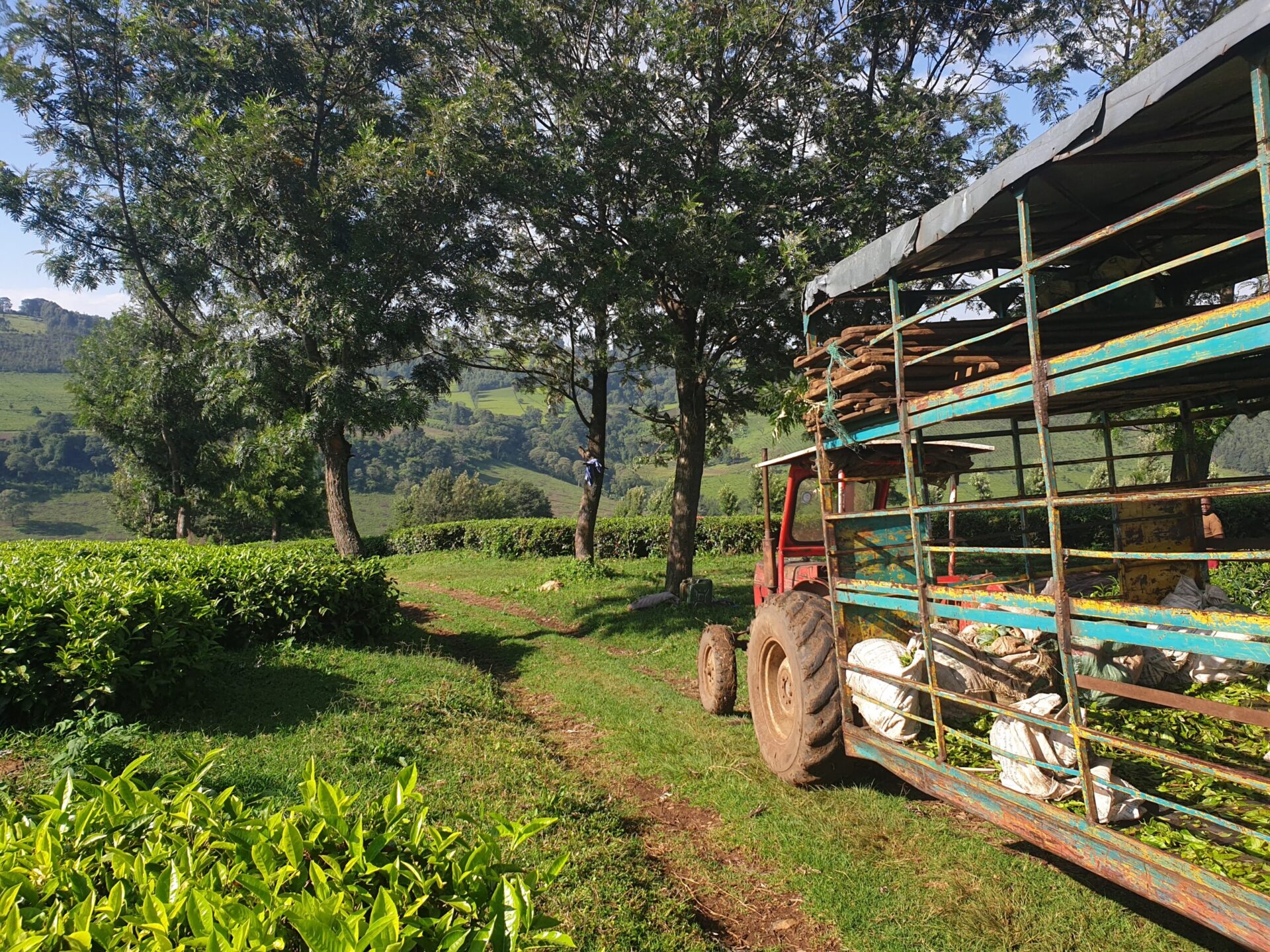


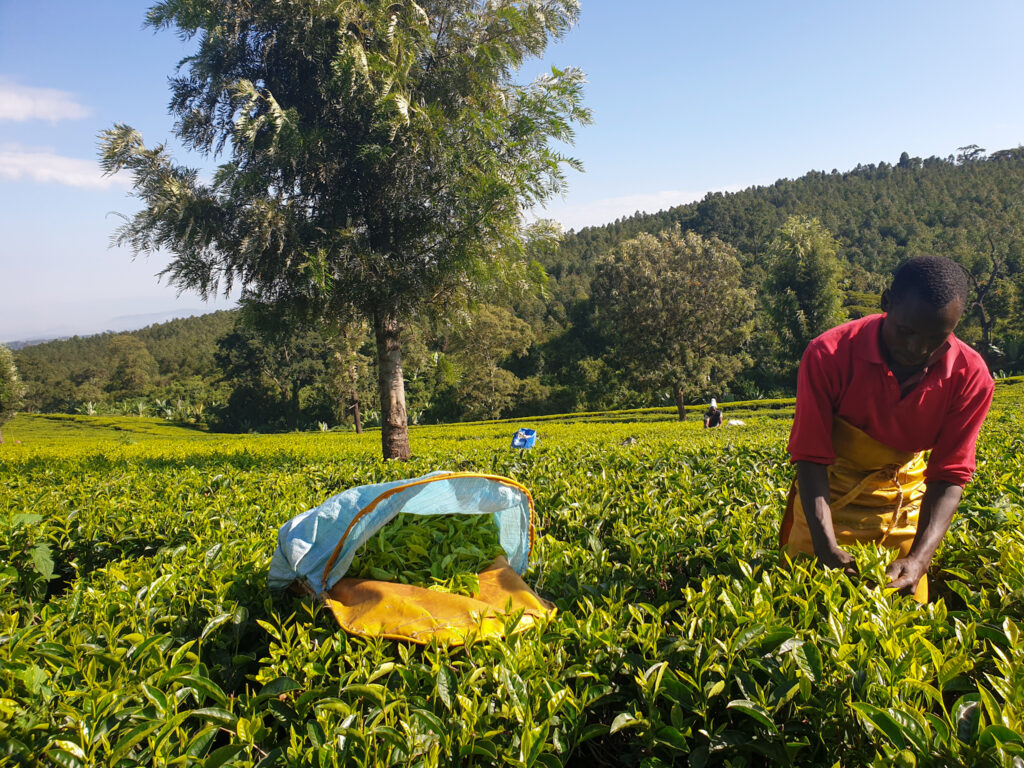


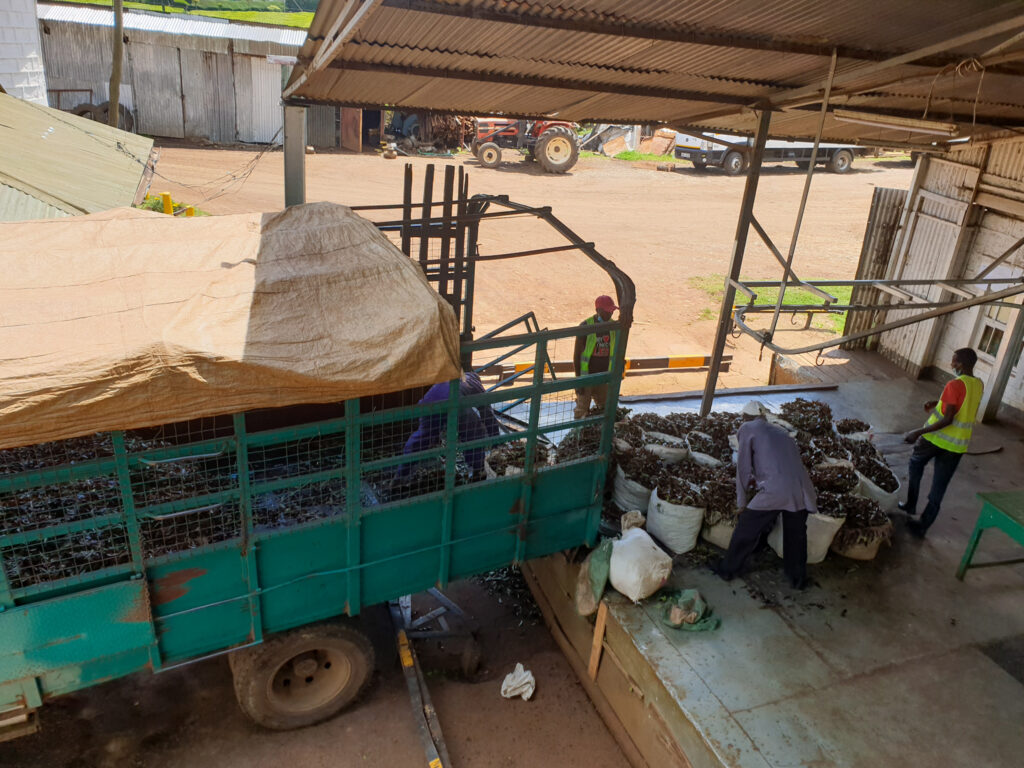


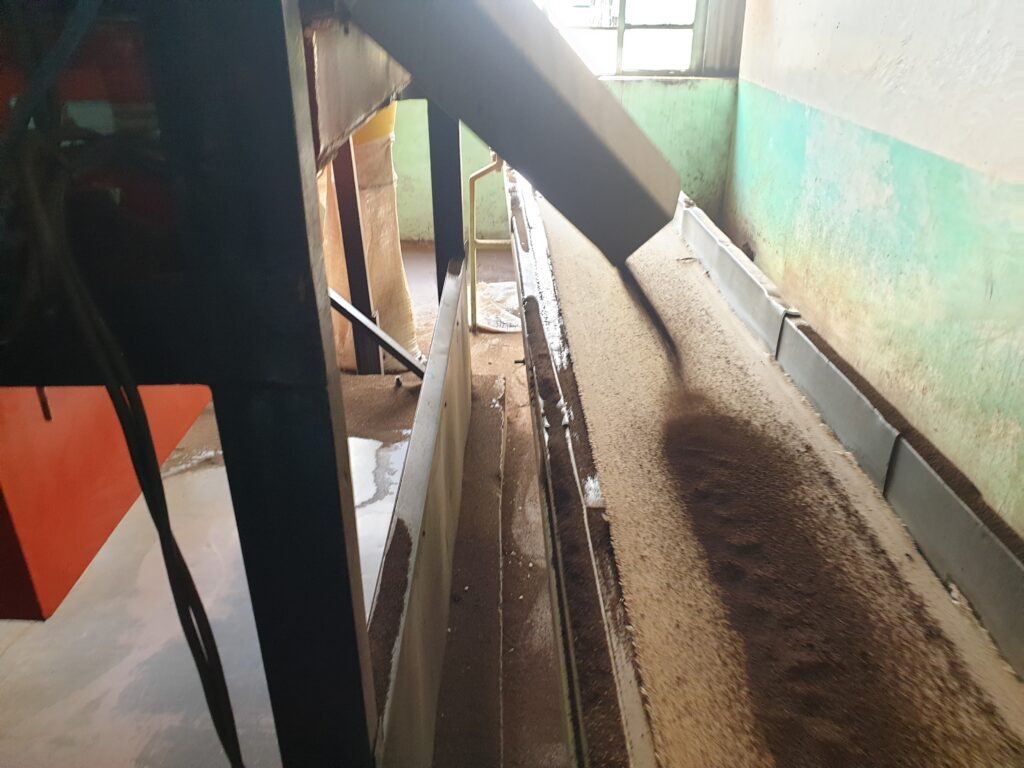

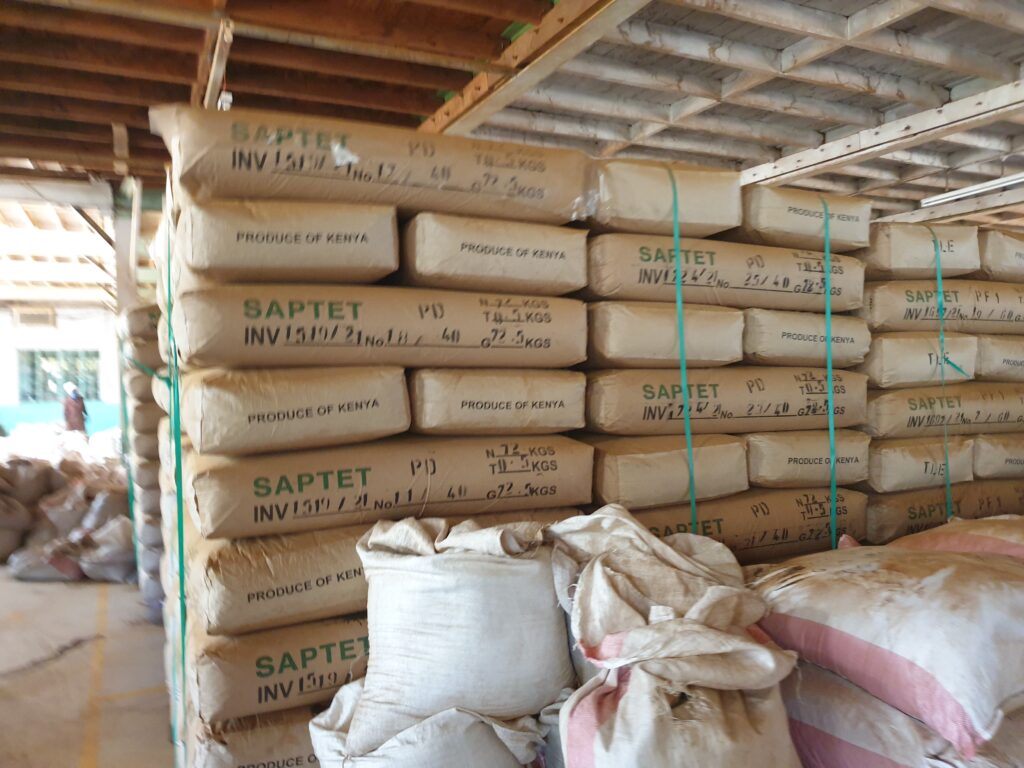
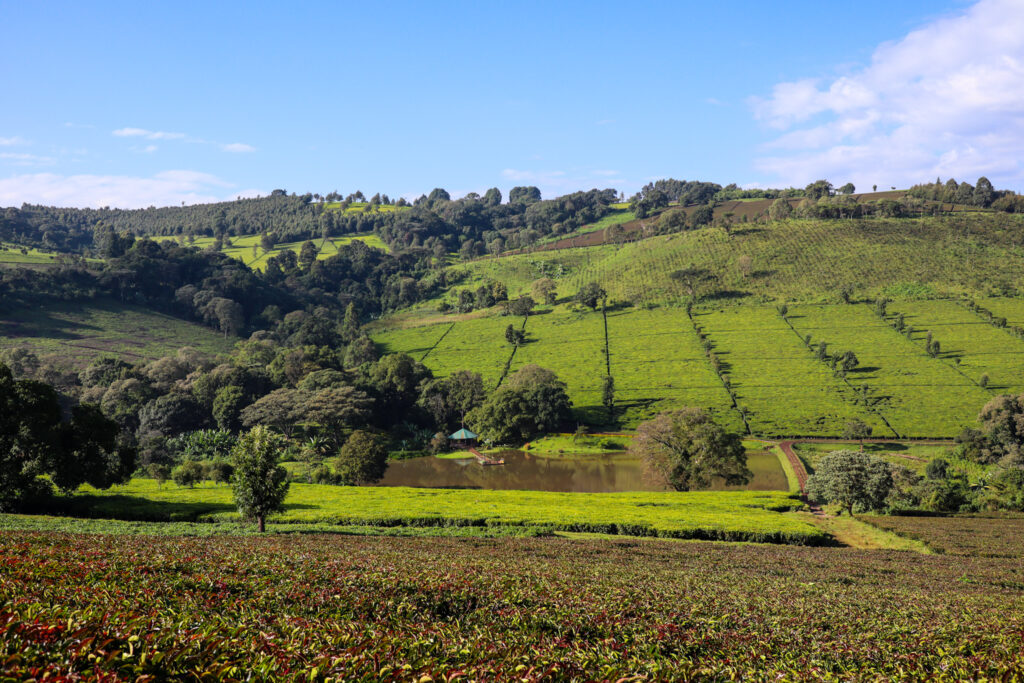
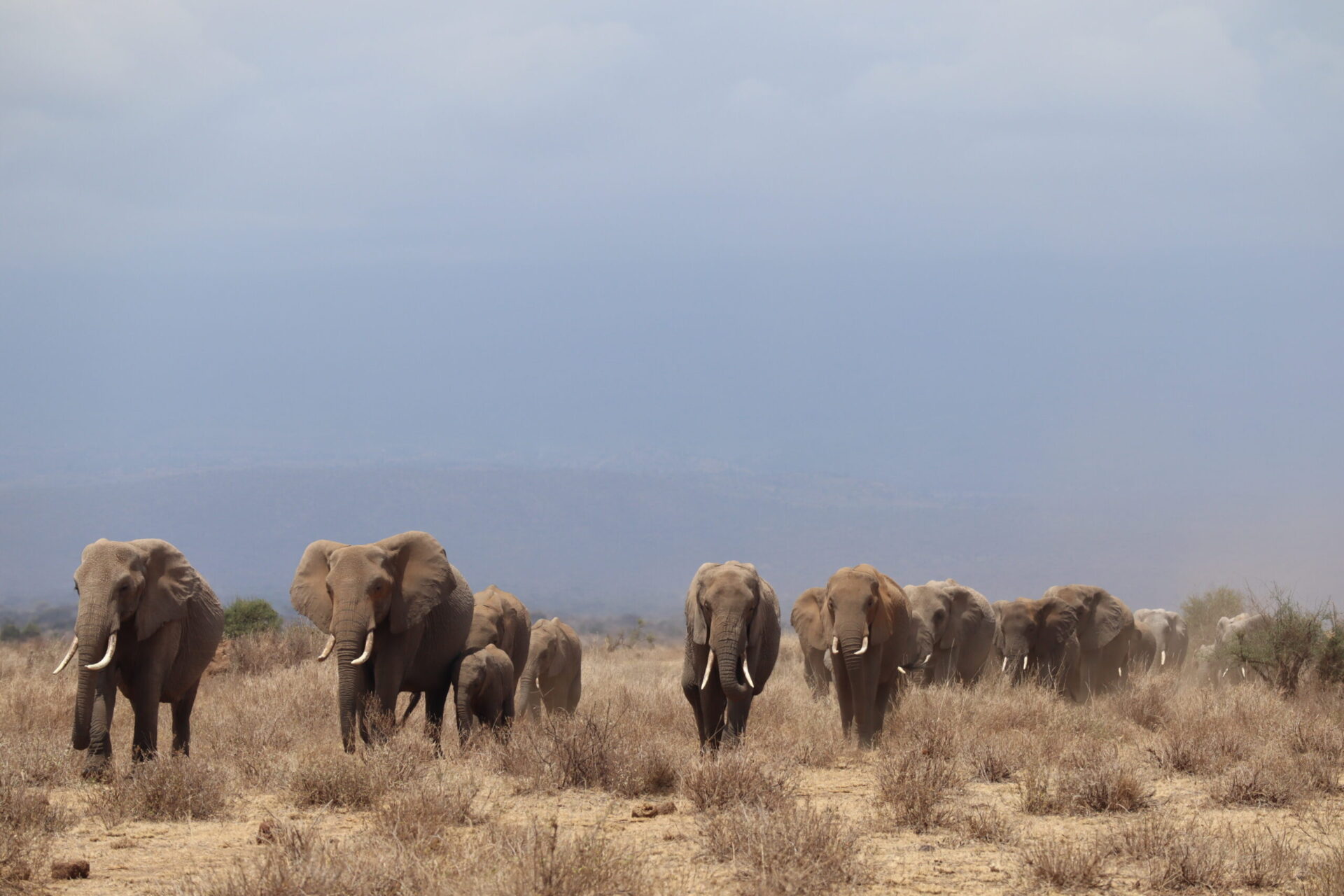

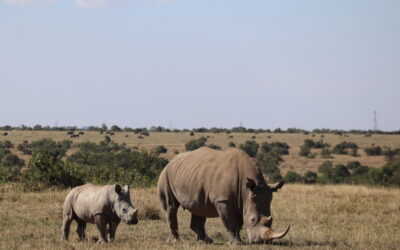
0 Comments